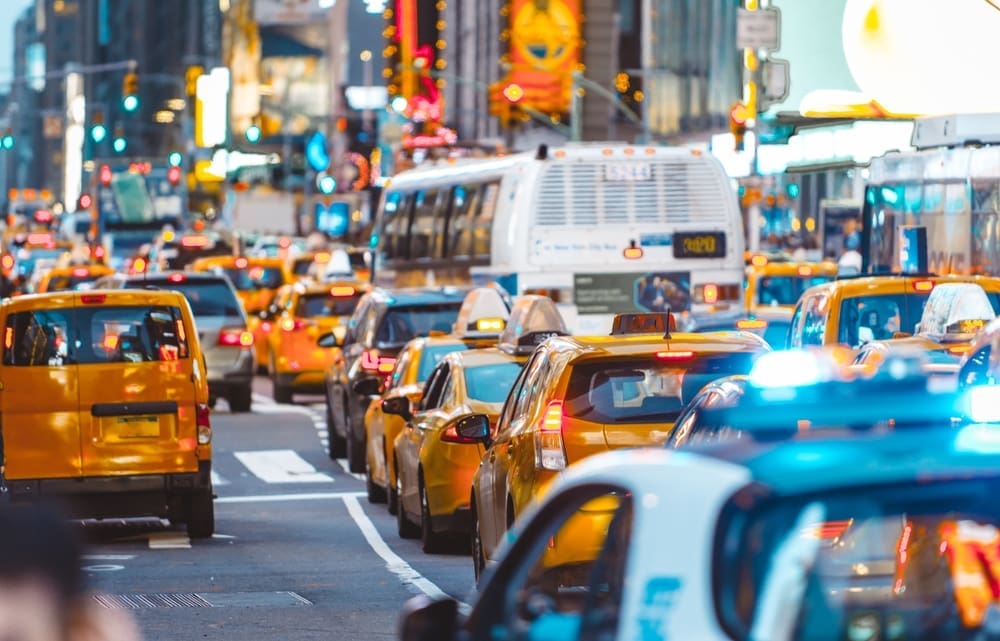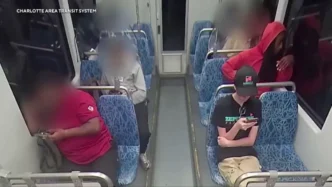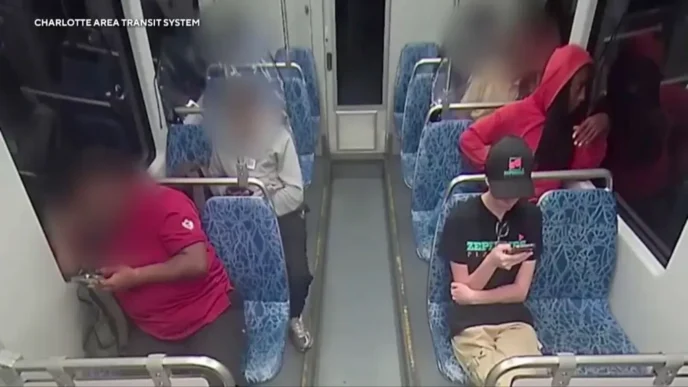In a bid to dismantle one of New York City’s most significant transportation policies, President Donald Trump has voiced his intention to terminate the city’s newly implemented congestion pricing. However, despite his criticisms, the program is already demonstrating substantial positive outcomes.
New York City’s congestion pricing initiative, a pioneering effort in the United States, is operating with early success. As of January, the program charges drivers entering Manhattan below 60th Street, with the aim of reducing traffic congestion and promoting public transportation. Despite the contentious nature of the toll, initial statistics indicate notable achievements. In its first month, approximately 1.2 million fewer vehicles entered the congestion zone compared to the previous year, resulting in a 7.5% drop in traffic. Additionally, transit across major routes like 34th Street is significantly quicker, with rush hour travel times decreasing by up to 30%.
Trump, however, refers to the policy as ‘really horrible’ and ‘destructive to New York’, arguing that it unfairly prevents people from accessing Manhattan and exacerbates traffic issues. In a recent New York Post interview, he vowed to eliminate the program by leveraging federal influence, specifically through the Department of Transportation. This assertion raises questions about federal overreach as legal experts argue that he lacks such authority, noting that the program has been legally approved and upheld through judicial scrutiny.
Moreover, public feedback on the policy reveals a shift in perspective. Juliette Michaelson from the Metropolitan Transportation Authority (MTA) suggests that many who initially opposed the program have changed their stance upon witnessing its benefits. These include less congestion and more pedestrian activity, which is crucial for local businesses. In January alone, 36 million visitors were recorded in Manhattan’s business districts, a significant jump from the previous year.
While the program has its proponents, dissent exists, particularly among small business owners within the zone. Restaurateur Salil Mehta pointed out that the additional toll could deter patrons, especially with the rising costs associated with restaurant operations. Nevertheless, he acknowledged benefits such as reduced personal commute times.
The implementation of New York’s congestion pricing follows successful models from global cities like London and Stockholm, which have utilized similar systems for years. It aims to generate $15 billion towards modernizing the city’s aging public transit infrastructure, an essential development for a city reliant on its transit system for most commutes.
Despite previous political setbacks, such as postponed implementation due to concerns over toll costs, the program proceeded with a reduced charge. Governor Kathy Hochul, who supported the initiative, has engaged in discussions with Trump to advocate for its continuation. The policy has also withstood several legal challenges, including suits from organizations such as the Trucking Association of New York.
Legal scholars suggest that any attempt by Trump to terminate the congestion pricing by withdrawing federal funding would encounter significant legal battles. The MTA’s mandate to operate the program, supported by thorough federal assessments indicating no environmental harm, solidifies its standing, making it difficult to dismantle without legislative backing.
The early success of New York City’s congestion pricing underscores the complexity of balancing urban policy with federal oversight. While President Trump challenges its validity, the initiative continues to deliver tangible benefits, reducing traffic and enhancing public transportation. As the debate unfolds, the program’s ability to withstand political pressures may ultimately serve as a precedent for future urban infrastructure solutions.














